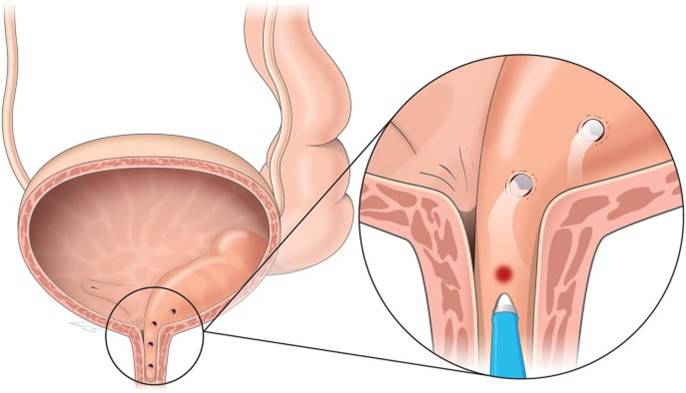FAQs for ureterocele
FAQs FOR URETEROCELE
What is a ureterocele?
A ureterocele is a balloon like dilation of the area where the ureter inserts into bladder.

Does ureterocele present since birth?
Ureteroceles are a congenital abnormality which means they are present at birth.
What is the reason of this condition?
It is unknown exactly why ureteroceles form, but it is thought to be due to an abnormality of the formation of the ureter tube as it inserts into the bladder.
What is the effect of ureterocele?
Kidneys that have a ureterocele often are dilated and can have obstruction to urine flow. Obstruction can lead to infection and also damage to that side kidney
What are the symptoms of a ureterocele?
- Ureteroceles are often diagnosed by prenatal ultrasound
- If the child presents with a urinary tract infection, they may have fever, chills, flank pain, pain with urination, or other urinary symptoms.
- Rarely, infants present with a very severe urinary tract infection that has spread to the blood stream and they require urgent drainage of the infected urine behind the ureterocele (see treatment below).
How is a ureterocele diagnosed?
A ureterocele is most commonly diagnosed by ultrasound. VCUG is also performed in few cases.
How are ureteroceles treated?
- If a ureterocele is detected prior to birth, a low dose of prophylactic antibiotics are often recommended depending on the severity of the dilation.
- A procedure called a ureterocele puncture is often performed within the first few weeks of life. This procedure involves passing a small camera into the bladder though the urethra and puncturing (or popping) the ureterocele in the bladder to relieve any obstruction.
- Your pediatric urologist will discuss these options with you.

Is there any treatment after the surgery?
After ureterocele puncture, the child is followed with serial renal ultrasounds to ensure that any dilation has improved and that the ureterocele has gone away. Prophylactic antibiotics may be continued for some time. Often, a VCUG is performed after puncture (especially if there is a UTI after puncture) to look for reflux. Reflux occurs after ureterocele puncture about 50% of the time and occasionally surgery is required to correct the reflux.
What is long term result?
The good news is that the vast majority of children with ureteroceles grow up healthy, normal, and do not have long term kidney problems even if they require surgery.


